Understanding Quiet Title Actions

What is quiet title? Boundary disputes or uncertain property boundaries between neighbors, claims of adverse possession, and unclear ownership of inherited property are just a few reasons that quiet title actions are filed. A quiet title action is a type of lawsuit that is generally filed to establish title to property or to settle a dispute over who owns title to property. Specifically, California Code of Civil Procedure § 760.020 authorizes a quiet title action to be brought to establish title against adverse claims to real property or any interest in the property. The remedy provided by quiet title is not exclusive and, as such, can be combined with other remedies or causes of action. Code Civ. Proc. § 760.030.
Where do I file a quiet title action? With respect to quiet title actions involving real property, the proper court in which to file the action is the superior court in the county where the real property that is the subject of the lawsuit is located. Code Civ. Proc. § 760.050.
Who needs to be named in the action? The person bringing the quiet title action (the plaintiff) must name as defendants all persons known and unknown claiming an interest in the property. Code Civ. Proc. §§ 762.010, 762.020.
Statute of limitations. California does not have a specific statute of limitations for quiet title actions. Instead, courts look to the underlying theory of relief to determine the applicable statute of limitations. In the case of Salazar v. Thomas (2015) 236 Cal.App.4th 467, 476-477, the Fifth District Court of Appeal noted that the most likely statute of limitations for a quiet title action are: 5 years for a claim based on adverse possession, 4 years for a claim based on cancellation of an instrument, and 3 years for a claim based on fraud or mistake.
Commencing the action. A quiet title action is commenced by the filing of a complaint for quiet title with the court. Code Civ. Proc. § 761.010(a). The complaint must satisfy certain requires, as set forth in the California Code of Civil Procedure. It is important to note that a complaint for quiet title must be verified. Code Civ. Proc. § 761.020. Additionally, pursuant to Code of Civil Procedure § 761.020, the complaint for quiet title must include the following information:
- A description of the property that is the subject of the action. For real property, the description must include both the legal description and the street address or common designation, if any.
- The title of the plaintiff as to which a determination of quiet title is sought and the basis of the title. If the plaintiff’s title is based on adverse possession, specific facts constituting adverse possession must be alleged in the complaint.
- The adverse claims to plaintiff’s title against which a determination is sought.
- The date as of which the determination is sought. If a determination is sought as of a date other than the date the complaint is filed, a statement must be included in the complaint as to the reason why a determination on that date is sought.
- A prayer for the determination of plaintiff’s title against the adverse claims. Code Civ. Proc. § 761.020(a)-(e).
Filing the notice of pendency of action. A notice of pendency of the action must be filed in a quiet title action upon the commencement of the action. Code Civ. Proc. § 761.010(b). Such notice is filed in the office of the county recorder of the county where the real property is located. A notice of pendency of action provides constructive notice of a pending court action that affects real property. It is important to bear in mind, however, that an action must first be pending before a notice of pendency of action can be filed. Involved in a boundary dispute or other real property matter? Contact Dias Law Firm, Inc. today and let the knowledgeable attorneys and staff help you with your matter.
By: Ella R. Floresca, Esq.

For the general public: This Blog/Web Site is made available by the law firm publisher, Dias Law Firm, Inc., for educational purposes. It provides general information and a general understanding of the law, but does not provide specific legal advice. By using this site, commenting on posts, or sending inquiries through the site or contact email, you confirm that there is no attorney-client relationship between you and the Blog/Web Site publisher. The Blog/Web Site should not be used as a substitute for competent legal advice from a licensed attorney in your jurisdiction.
For attorneys: This Blog/Web Site is informational in nature and is not a substitute for legal research or a consultation on specific matters pertaining to your clients. Due to the dynamic nature of legal doctrines, what might be accurate one day may be inaccurate the next. As such, the contents of this blog must not be relied upon as a basis for arguments to a court or for your advice to clients without, again, further research or a consultation with our professionals.
Photo 68447871 © Emiliezhang | Dreamstime.com

